Just for fun… BECs can also smile: This is a BEC loaded from a dipole trap into a TAAP trap and then propagated for some time. The picture is an absorption image with darker standing for a higher number of atoms.
We are also learning to write 😉 … for example the letter H

An H-shaped thermal cloud of Rb87 atoms (black is more atoms)
And our latest addition … the number 9

A BEC in a ring-accelerator. We first load a BEC into a dipole trap and then into the ring. We then accelerate the BEC to speeds, where the centripetal confinement is not sufficient to keep the BEC in the storage ring. (white=more atoms)
And of course our smiling BEC

A smiling BEC — a reproducible chance event.
(black is more atoms)


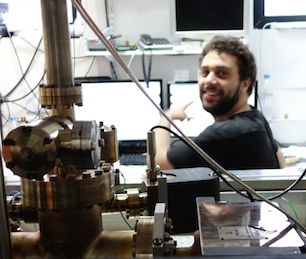


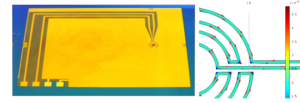
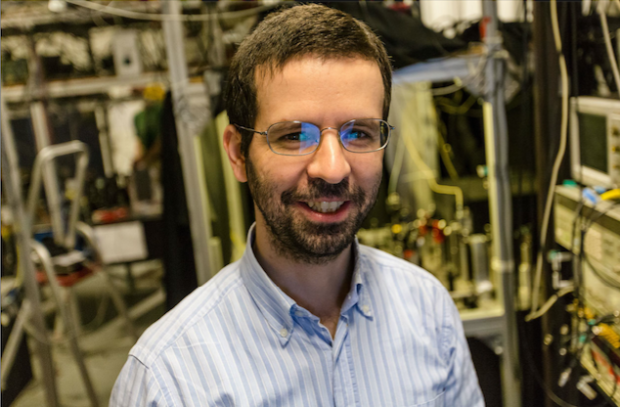


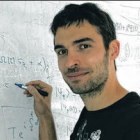

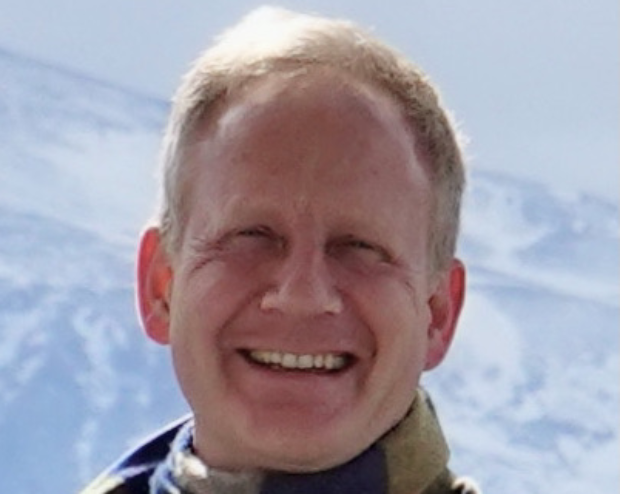
You must be logged in to post a comment.